Company name Your domain of expertise and/or region
25th Parcours des Mondes
September 8 to September 13, 2026
Beaux-Arts area, Saint-Germain-des-Prés, Paris
For more than twenty years, Parcours des Mondes is the most important art fair worldwide, dedicated to Tribal Art, Asian cultures and Archeology.
The fair gathers each year at the beginning of September, around sixty galleries, specialised in artworks from Africa, Asia, Oceania, America and Archeology at Saint-Germain-des-Prés, in the center of Paris.
With more than twenty years of experience, Parcours des Mondes is an institution working for the dissemination of knowledge and works of art from African, Oceanic, American and Asian cultures and we would like to share our passion with you.Our participants 2026
Each year, Parcours des mondes gathers galleries specialized in Tribal Art and Asian Art and Archeology. Discover all the participants to the 2025 edition by clicking "Our Participants" in the upper header.
Information
When?
Parcours des Mondes takes place every year the second week of September.
Edition 2026 : September 8-13
Tuesday September 8 : 11am - 9pm
From Wednesday 9 until Saturday 12 : 11am - 7pm
Sunday September 13 : 11am - 6pm
Where?
Quartier des Beaux-Arts
Parcours des Mondes is on open air show taking place in the mythic district of Saint-Germain-des-Prés, in the heart of Paris. The participants of the fair invest the galleries along the streets Mazarine, Guénégaud, Jacques Callot, de Seine, de l'Echaudé, Jacob, Visconti et des Beaux-Arts.
Access and parking
Public transport
Subway
Line 4 ou 10 - Odéon Station
Line 10 - Mabillon Station
Line 7 - Pont Neuf Station
Bus
Lines 58 or 70 : Mazarine stop
Lines 39 or 95 : Jacob Line
Lines 27 or 29 : Pont Neuf - Quai des grands Augustins stop
By car
Parking at 27 rue Mazarine



 Partager ce contenu
Partager ce contenu 
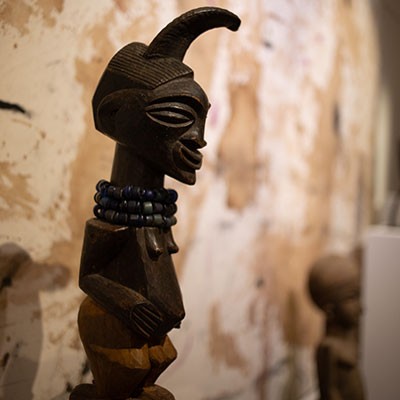
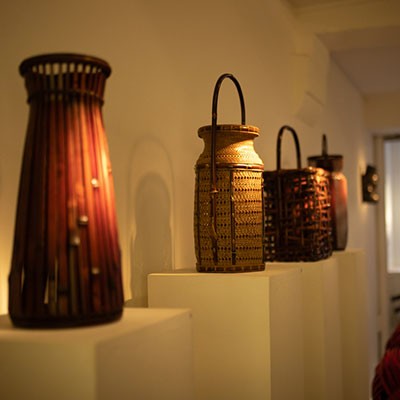


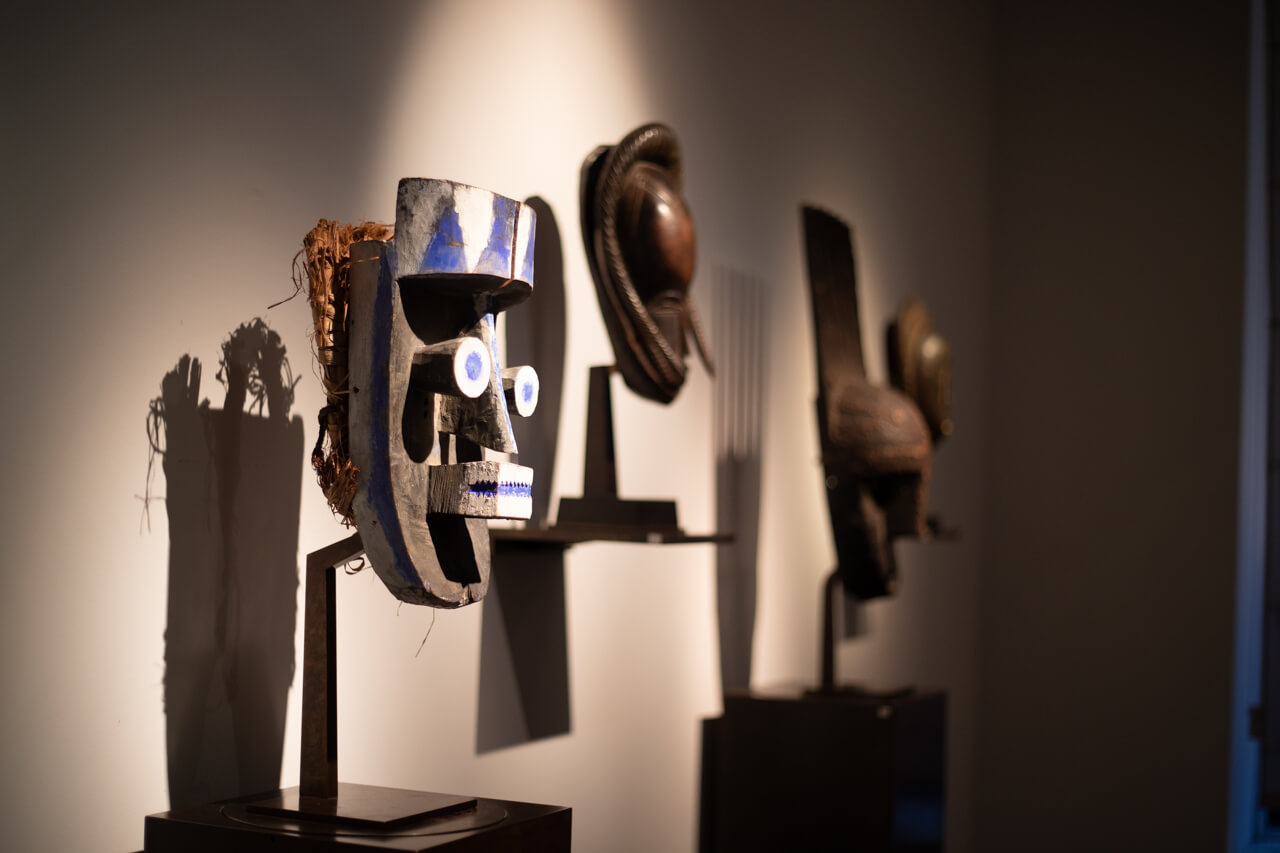
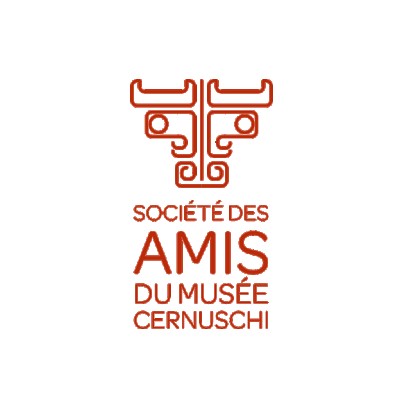














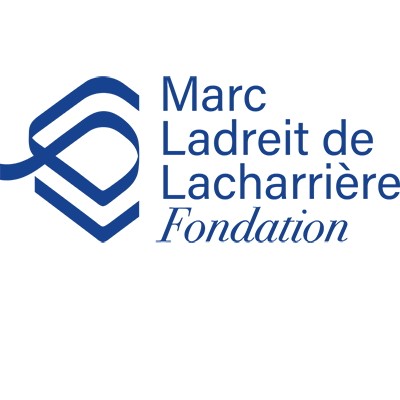
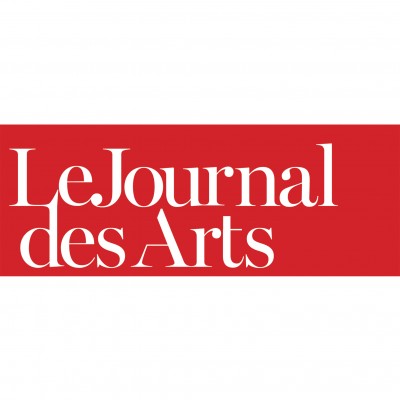
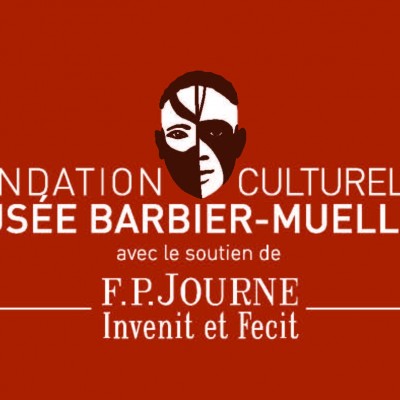

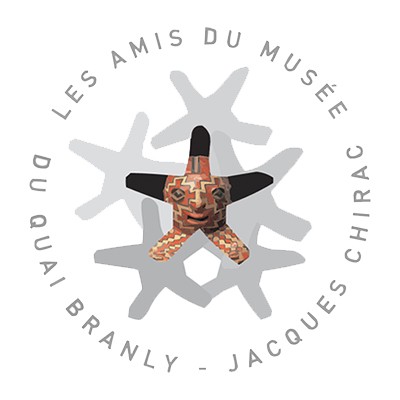
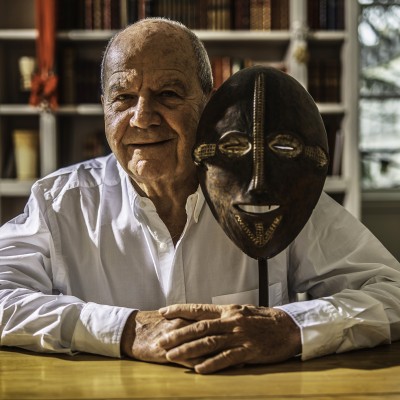
Press review
Evaluations are managed by the tools E-net Business